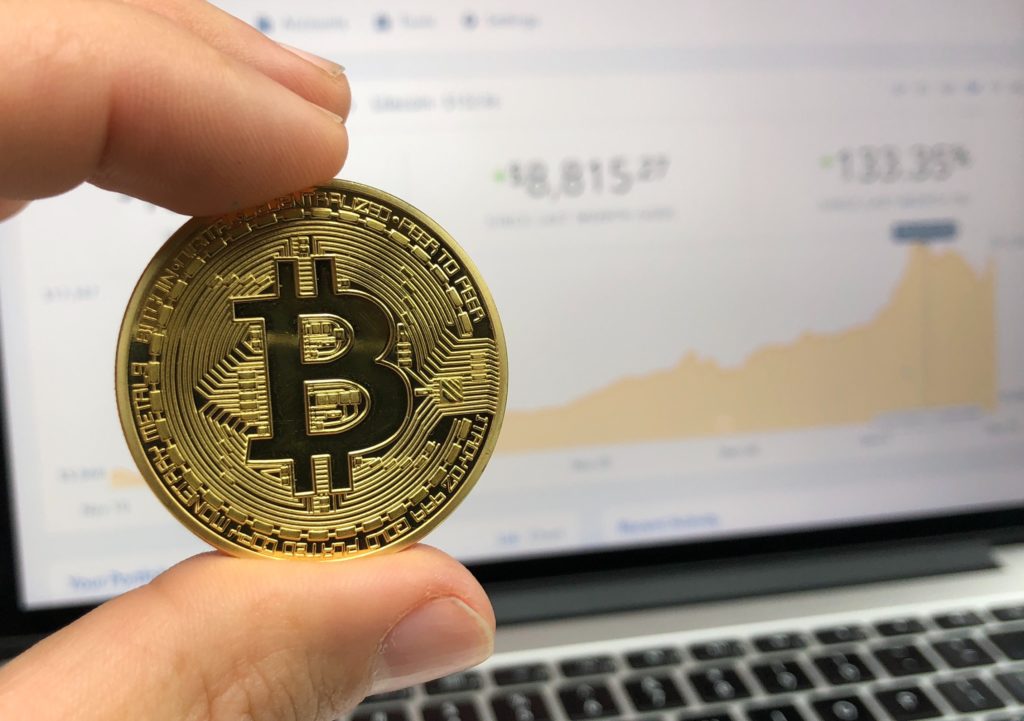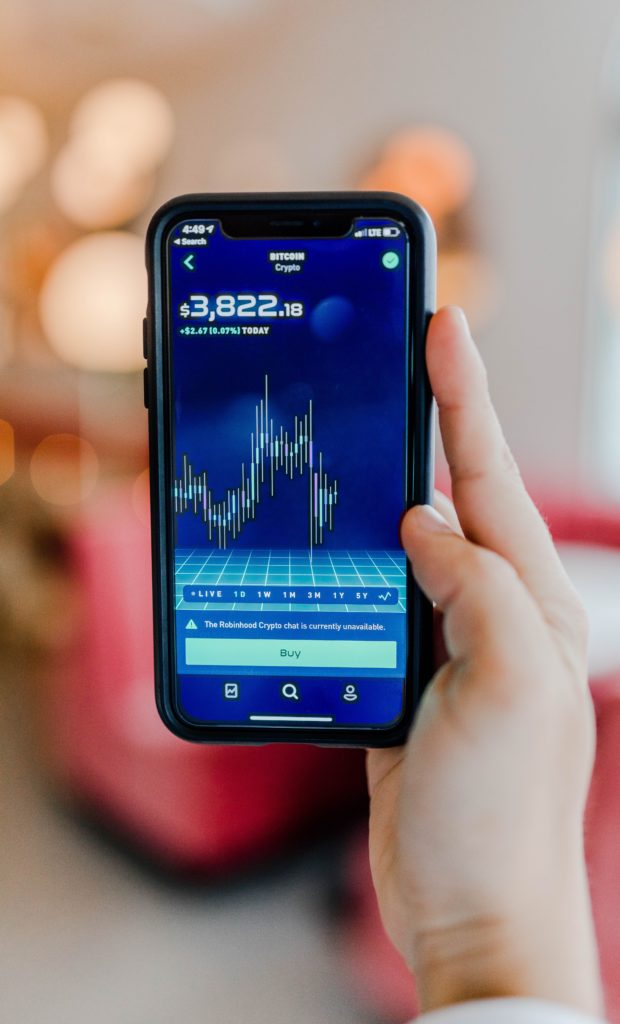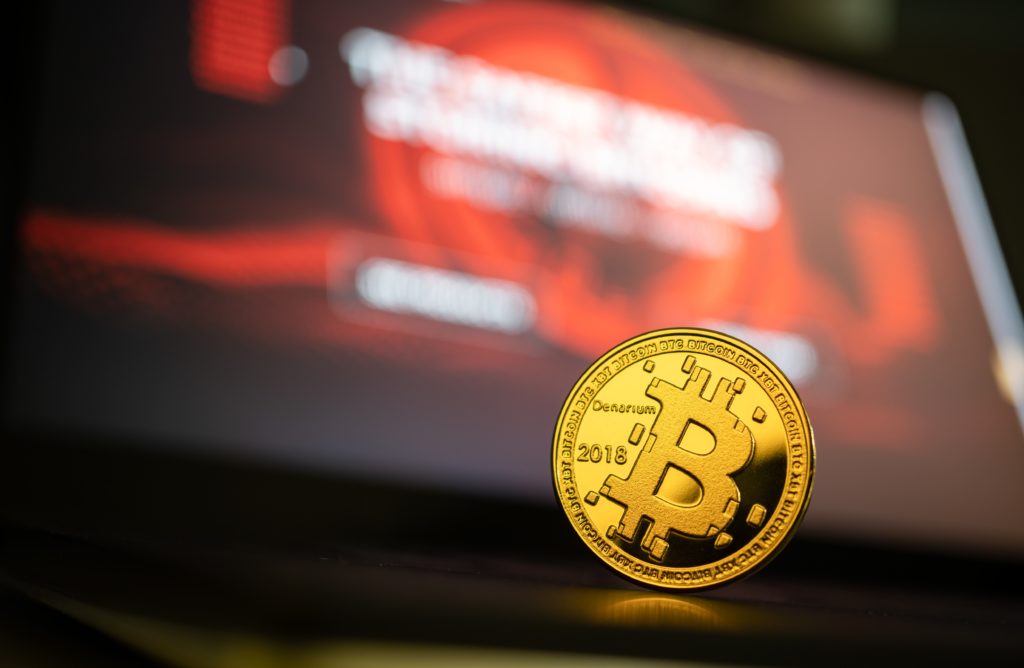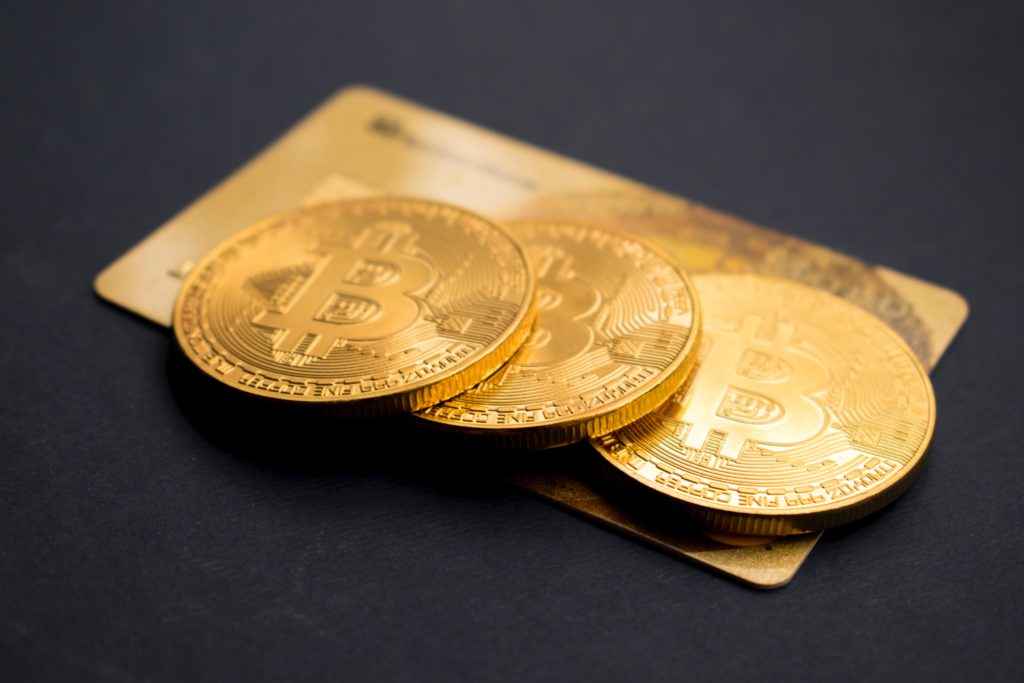The Bitcoin Price Today Doesn’t Matter: Here’s Why

So many bitcoin investors are paying close attention to charts and market sentiment, hoping to buy when the price hits a low. However, considering bitcoin’s massive upside price potential and how rapidly the price has often risen after a bear market, it makes its prevailing price largely irrelevant for long-term investors.
In this article, you will find five reasons why the bitcoin price today doesn’t matter if you are investing in bitcoin (BTC) for the long-term.
Less Than 1 Percent of the World’s Population Use Bitcoin Right Now
 Bitcoin is still in the early stages of adoption, even though the network represents a legitimate alternative to the traditional monetary system. Despite the massive hype generated by its proponents and the media, not everyone has heard of bitcoin and only a tiny percentage of the world actually own some.
Bitcoin is still in the early stages of adoption, even though the network represents a legitimate alternative to the traditional monetary system. Despite the massive hype generated by its proponents and the media, not everyone has heard of bitcoin and only a tiny percentage of the world actually own some.
Active global bitcoin users are estimated to be between 5 and 20 million, compared to PayPal which has 235 million active users and Visa with a huge 336 million American users and another 736 million international users. This shows that the bitcoin market is still relatively small, with possibilities for exponential growth.
Considering what we witnessed in 2017 when the price skyrocketed to $20,000 when bitcoin became widely popular, we can expect the future price to exceed what it is currently as more people begin to seek an uncensorable, cheap alternative to traditional payment platforms.
Also, there can only be 21 million BTC in the world for a global population of over seven billion. Today, there is just under 17,700,000 of the 21,000,000 total bitcoins in circulation.
Most Institutional Investors Are Still Waiting on the Sidelines
Although bitcoin has attracted a good deal of interest from major institutional investors, we have only seen a few arrivals of bitcoin-based securities. That is because bitcoin is a new asset class, and there are limited regulation and the necessary infrastructure for institutional investors to participate in the ecosystem.
For example, Bitcoin custody solutions started for institutional investors only two years ago. Grayscale’s Bitcoin Investment Trust (GBTC) was introduced in 2013 and was followed by the Stockholm Stock Exchange-listed Bitcoin Tracker One ETNs issued by XBT Provider AB. There is still a massive shortage of financial instruments for institutional investors.
The U.S. Securities and Exchange Commission (SEC) has also deferred making a decision on bitcoin exchange-traded fund (ETF) proposals, which should bring even more institutional investors.
The most anticipated offering is coming from the Intercontinental Exchange (ICE), the company that owns the New York Stock Exchange. ICE has plans to launch a crypto exchange called Bakkt. Over ten investment funds and global companies invested more than US$180 million into Bakkt’s first round of funding.
Bitcoin’s Technology is Maturing
 The number of transactions per day on the Bitcoin blockchain has increased by over 70 percent in the last two years. The Lightning Network, one of the major upgrades to help the technology process more transactions in seconds, has been a success.
The number of transactions per day on the Bitcoin blockchain has increased by over 70 percent in the last two years. The Lightning Network, one of the major upgrades to help the technology process more transactions in seconds, has been a success.
According to blockchain analytics site P2SH.info, the amount of bitcoin sent through lightning channels since June 2017 rose from less than 25 BTC to 578 BTC. There are new applications that are being created on the lightning network too. For example, crypto payment processing startup, Moon, recently announced that people with a Lightning-enabled wallet could spend bitcoin on e-commerce sites like Amazon.
Some members of Bitcoin’s large, dedicated developer community have also proposed new updates like a sidechain with its currency pegged to BTC, to help scalability and improve the speed of transaction processing times as well as implementing Confidential Transactions for improved privacy and fungibility.
Bitcoin is Becoming Easier to Use
Most people have criticised bitcoin for being a non-effective means of payment. It is said that most owners of bitcoin are hoarding it instead of using it as a medium of payment.
With the introduction of the bitcoin debit cards, that criticism has been laid to rest. Bitcoin users are now able to use bitcoin as a spending currency anywhere where bank card is an accepted payment method.
As bitcoin becomes fit for use for everyday payments, there is bound to be a rise in adoption and active users.
Bitcoin is Poised for Widespread Adoption
 Global adoption of bitcoin seems like only a matter of time. Bitcoin combines the potential for rapid acceptance as a form of currency, a viable investment vehicle, and a store of value.
Global adoption of bitcoin seems like only a matter of time. Bitcoin combines the potential for rapid acceptance as a form of currency, a viable investment vehicle, and a store of value.
The total number of bitcoin wallets has more than doubled in the last two years and there has been a consistent growth in the number of merchants accepting bitcoin as payment in the last ten years.
Notably, bitcoin is accepted on the Microsoft store, and can also be used on various other platforms like Shopify, Rakuten, Overstock, Gyft, and many different merchants. Most importantly, new technologies that make it easy for merchants and institutions to process bitcoin payments are becoming widespread.
Moreover, as a store of value, bitcoin will eventually become more scarce than gold.
“We think it’s a better gold if you look at the properties of money. And what makes gold, gold? Scarcity. Bitcoin is actually fixed in supply, so it’s better than scarce … it’s more portable, it’s fungible, it’s more durable. It’s sort of equals a better gold across the board,” the Winklevoss brothers told CNBC.
Some people had regret when the bitcoin price reached its all-time high price of $20,000, thinking they should have bought when it was a lot cheaper. Now that prices are lower again, these same people are driven by the fear that the price might never recover to past highs. But now might be the last time the general public would be able to afford to own an entire bitcoin.
If you want to start buying bitcoin because you believe in its future value, check out our guides to the best bitcoin trading platforms and bitcoin trading apps.
Disclaimer: This is not investment advice. Please consult your investment advisor and/or conduct thorough research before investing in cryptocurrencies as they are a high-risk investment asset class.


Magic Eden Has Quietly Become the Best Ethereum NFT Marketplace

Samara Asset Group Launches Bitcoin CPI (BTCCPI)

Introducing Noones – Africa’s P2P Super App

Why Crypto’s Leading the Way in Africa’s Evolving Finance Landscape

The Rise of Bitcoin in the Online Gaming World

Unlock the Thrills of NHL Crypto Betting and Live Streaming

Understanding the Impact of Cryptocurrency Volatility on NBA Betting Markets

The Future of Crypto College Football Betting: Trends and Predictions

How Mobile Apps are Changing Sports Betting


